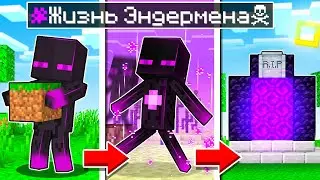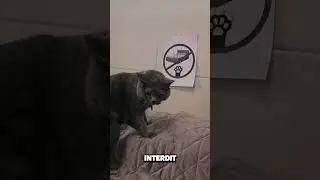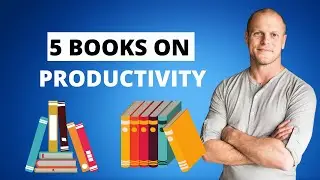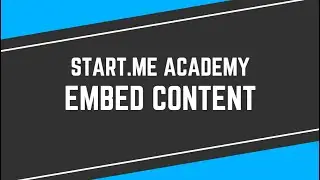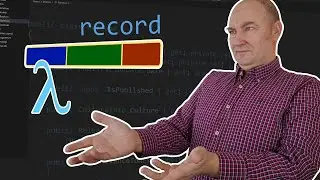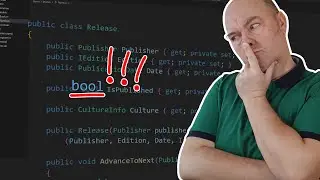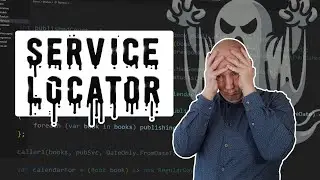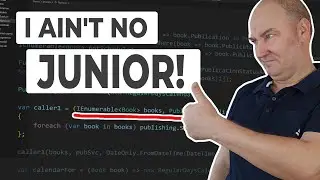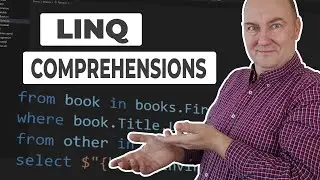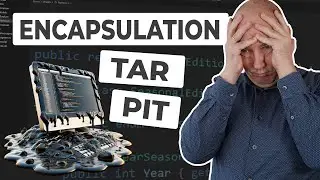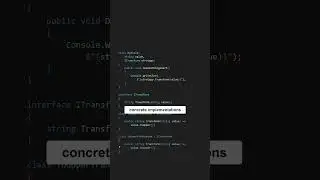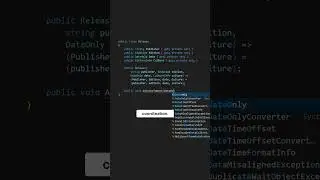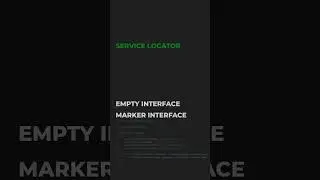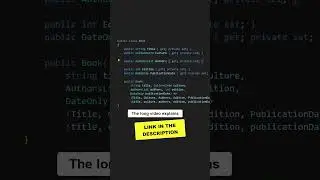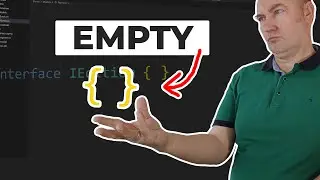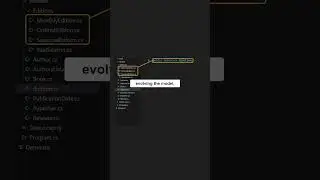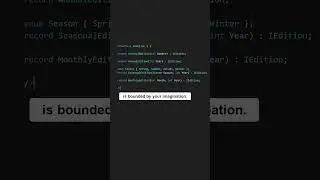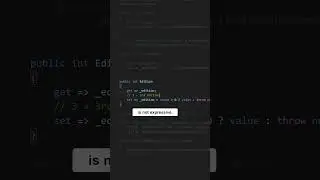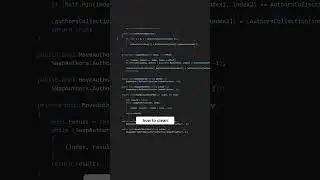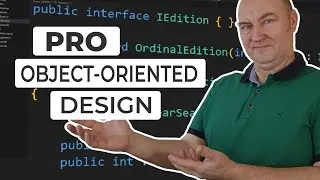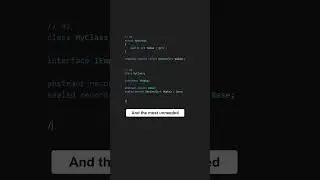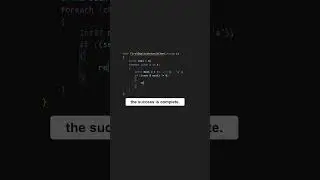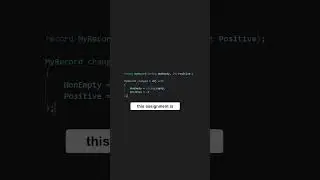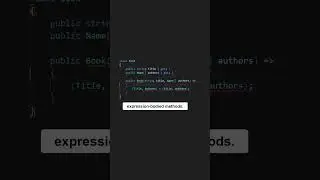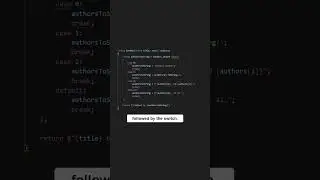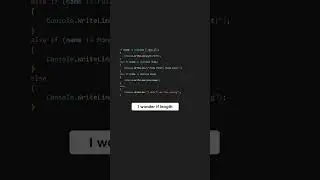How Do I Escape From Here?
There was a point in time when object-oriented programming was either to adapt or to perish. It adapted. Probably the most dramatic change was in how we started to view encapsulation.
Still, there is a lot of code even today written in the best - or worst! - tradition of the 1990s. Why is that?
This video will teach you once and for all the techniques we use in modern programming to encapsulate the state and operations. Learn to evade that tar pit created by the old coding style.
Download source code ► / zoranhorvat
Join Discord server with topics on C# ► https://codinghelmet.com/go/discord
Enroll course Beginning Object-Oriented Programming with C# ► https://codinghelmet.com/go/beginning...
Subscribe ► / @zoran-horvat
▬▬▬▬▬▬▬▬▬▬▬▬▬▬▬▬▬▬▬▬▬
👨 About Me 👨
Hi, I’m Zoran, I have more than 20 years of experience as a software developer, architect, team lead, and more. I have been programming in C# since its inception in the early 2000s. Since 2017 I have started publishing professional video courses at Pluralsight and Udemy and by this point, there are over 100 hours of the highest-quality videos you can watch on those platforms. On my YouTube channel, you can find shorter video forms focused on clarifying practical issues in coding, design, and architecture of .NET applications.❤️
▬▬▬▬▬▬▬▬▬▬▬▬▬▬▬▬▬▬▬▬▬
⚡️COPYRIGHT NOTICE:
The Copyright Laws of the United States recognize a “fair use” of copyrighted content. Section 107 of the U.S. Copyright Act states: “Notwithstanding the provisions of sections 106 and 106A, the fair use of a copyrighted work, including such use by reproduction in copies or phono records or by any other means specified by that section, for purposes such as criticism, comment, news reporting, teaching (including multiple copies for classroom use), scholarship, or research, is not an infringement of copyright." This video and our youtube channel, in general, may contain certain copyrighted works that were not specifically authorized to be used by the copyright holder(s), but which we believe in good faith are protected by federal law and the Fair use doctrine for one or more of the reasons noted above.
